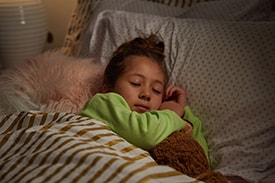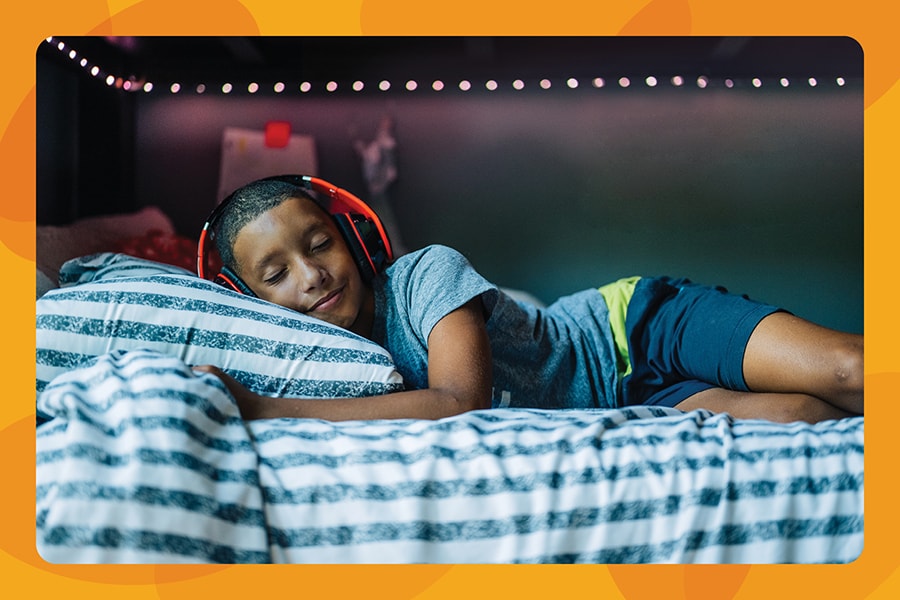Learning From Mistakes: Consequences for Kids
Teaching kids that their actions have consequences is one of the most basic—and challenging—jobs as a parent. Sometimes you have to step back and let your child make a mistake. Other times you have to step in and provide the consequence. Here’s why both scenarios help teach your child to solve problems and become more independent.
In this article:

Natural vs. logical consequences for kids
There are 2 types of consequences your child can learn from: natural and logical.
- Natural consequences teach cause and effect and are the direct result of a child’s action. (Natural consequences should never put a child at risk for harm.) For example, if your child refuses to put on their coat, they get cold. If they lose their tablet, they don’t have a tablet.
- Logical consequences help mold a child’s character and keep them safe, and the parent decides the outcome. For example, “If you run with scissors, I will take the scissors away.”
Both types of consequences are important, and sometimes kids need to learn the hard way (on their own).

Consequences can be good or bad
Consequences don’t have to be negative. The natural consequence of studying for a test, for example, might be getting a good grade. If a child does their homework and chores, the logical consequence might be that they earned the privilege to go over to a friend’s house. “As grown-ups, we know if we come to work every day and do our job, we earn a paycheck. These are important life skills,” says licensed therapist Kathleen Hill, LPC.

Separating the behavior from the child
Because natural and logical consequences are directly tied to an action, they emphasize that the child made a bad (or good) choice, but that doesn’t define their identity. Distancing the behavior from the child protects their sense of self-worth.
This is also helpful when it comes to praise. Focusing on the action, not the outcome—for example, saying, “I’m so proud of how hard you worked!” instead of “I’m so proud you got an A!”—teaches kids that positive choices lead to positive results, and they have the power to make them happen.

Setting logical consequences
The great thing about logical consequences is that they are, well, logical. The parent stays calm, and the punishment fits the crime. (In other words, don’t ground your child for eternity over a small misstep.)
To make sure the punishment fits the crime, look for rational, commonsense reasons behind your consequence. For example, if your child is mean to their sibling, they can’t have their friends over that weekend. Or if your child lost their phone, they need to earn the money to buy a new one. This teaches kids they are directly responsible for their fate.

Setting a good example
Making mistakes is uncomfortable—but they will happen—so it’s our job as parents to help teach our children that their actions have consequences.
The best way to show our children how to admit (and then fix) their mistakes is to model it ourselves. We can’t expect our children to be forgiving of themselves or others if we’re not willing to do the same.
-
Setting Limits



